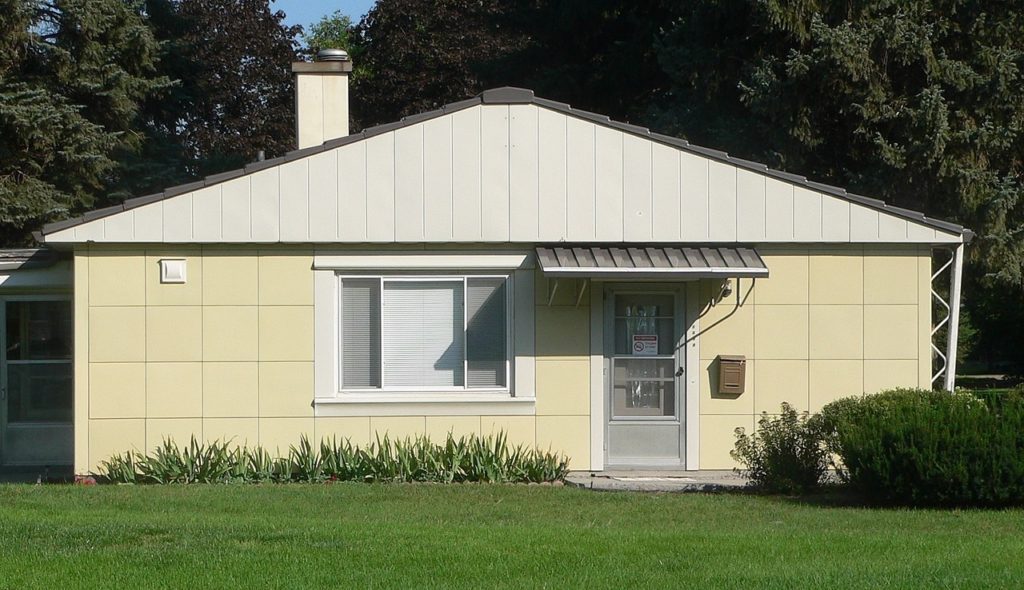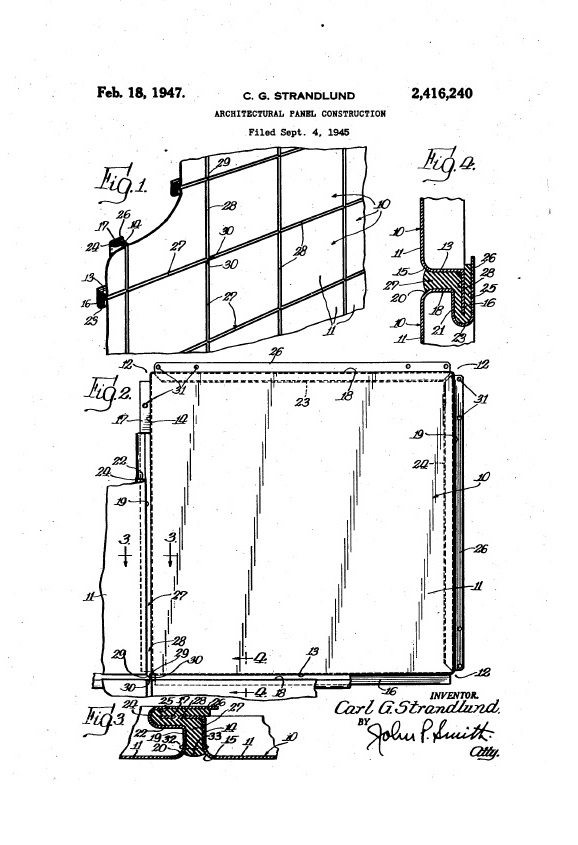In Enplas Display Device Corporation v. Seoul Semiconductor Company, Ltd., [2016-2599](November 19, 2018), the Federal Circuit affirmed the district court’s judgment that claim 20 of U.S. Patent No. 6,007,209 and the asserted claims of U.S. Patent No. 6,473,554 are not anticipated; affirmed the district court’s denial of JMOL of no inducement; but reversed the denial of JMOL that the damages award was not supported by substantial evidence, and remanded. The ’209 and ’554 patents are directed to methods of back lighting display panels, particularly LED displays used in televisions, laptop computers, and other electronics.
On the anticipation of the ‘209 patent, Emplas argued that because an inventor of the ‘209 patent testified that the prior art reference did not exclude mounting light sources as required by the claim, there was an issue of fact for the jury. The Federal Circuit disagreed, saying that this was not enough for anticipation. Anticipation requires that a single reference disclose each and every element of the claimed invention, while at most, the testimony suggests that the reference could have been modified to include light sources on the bottom wall. The Federal Circuit said that “Prior art that must be modified to meet the disputed claim limitation does not anticipate the claim.”
On the anticipation of the ‘554 patent the Federal Circuit noted that it came down to conflicting expert testimony about the prior art, and that “when there is conflictingtestimony at trial, and the evidence overall does not make only one finding on the point reasonable, the jury is permitted to make credibility determinations and believe the witness it considers more trustworthy.” Because the jury’s verdict was based upon the reference itself as well as expert testimony, it was supported by substantial evidence.
On the issue of induced infringement, the Federal Circuit noted that in order to succeed on a claim of inducement, the patentee must show, first that there has been direct infringement, and second that the alleged infringer knowingly induced infringement and possessed specific intent to encourage another’s infringement. Mere knowledge of infringement is insufficient. Liability for inducement can only attach if the defendant knew of the patent and knew as well that the induced acts constitute patent infringement. Although the text of §271(b) makes no mention of intent, the Court infers that at least some intent is required, so both specific intent and action to induce infringement must be proven.
Although it was a close case, the Federal Circuit concludedthat there was substantial evidence whereby both Enplas’ knowledge and intent to induce infringement could be reasonably found. The Federal Circuit noted that Enplas also did not dispute that it was informed that the product it manufactured, co-developed, and sold to SSC was covered by SSC’s patents, and that Enplas knew its customers sold televisions in the US and other countries. SSC had sent Enplas a pre-suit letter,informing it that SSC had found infringing lenses made with Enplas parts in televisions sold in the United States. Further Enplas provided its customers with product specifications that recommended infringing configurations for its accused lenses. The Federal Circuit said that it has held that providing instructions to use a product in an infringing manner is evidence of the required mental state for inducing infringement.
Enplas argued that this evidence did not establish that it knew its lenses would be incorporated in U.S. televisions and that in any event mere knowledge was not enough to establish specific intent. The Federal Circuit agreed that mere knowledge of possible infringement is not enough, there was circumstantial evidence that would allow a jury to reasonably find that Enplas had knowledge of the patents and of its customers’ infringing activity and that it intended to induce their infringement, and affirmed the denial of JMOL.
Finally on the issue of damages, Enplas argued that the only evidence supporting the $4 million award was testimony from SSC’s damages expert that explicitly and improperly included non-infringing devices in the royalty calculation. Enplas filed a Daubert motion regarding this testimony, that the district court deferred, and a motion in limine regarding this testimony, which the district court denied. SSC’s expert testified that the parties would have negotiated a premium freedom to operate” license to avoid the need to test and negotiate licenses for additional or future potentially infringing lenses that Enplas might sell, and to determine this premium that Enplas would pay, SSC’s expert assessed the volume of sales of all non-accused lenses made by Enplas, which the expert estimated from Enplas’ website.
The Federal Circuit agreed with Enplas, noting a reasonable royalty cannot include activities that do not constitute patent infringement, as patent damages are limited to those “adequate to compensate for the infringement.”


